 Hello friends, I hope you all are happy, healthy, and, content. Today, our discussion is all about “Diodes”. Whoever has been a science student, knows about diodes. Although it seems to be a tiny component of a circuit, apparently it is true but it has a lot of complexities or you can say, it’s a storm in a teacup. You might have read a lot about diodes in physics, in today’s discussion we would be moving step by step into the pool of diodes from definition to working of diodes, their types, and then lastly its applications. Let’s get started!
Hello friends, I hope you all are happy, healthy, and, content. Today, our discussion is all about “Diodes”. Whoever has been a science student, knows about diodes. Although it seems to be a tiny component of a circuit, apparently it is true but it has a lot of complexities or you can say, it’s a storm in a teacup. You might have read a lot about diodes in physics, in today’s discussion we would be moving step by step into the pool of diodes from definition to working of diodes, their types, and then lastly its applications. Let’s get started!
Diode Definition
First things first, Let’s define diode,
- A diode is a basic discreet electronic component made up of semiconductor material, used in electronic circuits, which allows unidirectional current to flow through it, i.e it only conducts current in one direction.
- You must be thinking, how is it possible for a device to conduct electricity in only one direction only, even when it has two terminals?
- The answer lies in making of a diode, a diode has zero resistance in one direction, meanwhile, the other direction has infinite resistance, hence maintaining the flow in only one direction hindering the flow in other direction, but keep one thing in mind, its an ideal case, otherwise a little bit of current flow is always there and ideal cases do not exist!
- A diode can act as a conductor and as an insulator as well. When the diode is reverse biased it acts as an insulator meanwhile when a diode is forward biased, it acts as a conductor.
- Diodes are mainly made up of two famous semiconductors silicon and Germanium.
- There are several different types of a diode, make of each one differs according to its function and the way it transmits current, don’t worry we are going to have a detailed account of it soon.
Diode symbol
- The above symbol represents a diode, it’s the symbol for a basic diode, let me clear one thing for you, there are several different types of diodes that we would be studying next and each one is represented with a different symbol accordingly. So, do not doubt yourself when you see a slightly different one!
- You can observe two ends or two terminals labeled as cathode and anode respectively.
- The Arrowhead represents the anode and direction of current flow.
- The other end is the cathode represented as a line attached to the terminal vertex of the triangle representing the anode.
History of Diode
Here is a brief account of the history of diodes, a little touch-up hurts no one!
- So, the History of diodes dates back to 1900 when the thermionic diodes and semiconductor diodes were made for radio.
- Vacuum tube diodes were the trendiest items of early 1950 being used and altered by several scientists through different experiments such as Fredrick Guthrie and Thomas Edison.
- Fleming valve was the first recognized diode of its age with all the elements present in a diode in the true sense.
- In world war ll, crystal diodes and Crystal rectifiers were used intensively in radar systems which led to extreme usage and development in the diode world, all thanks to their wide window of utility.
Working and Construction of Diode
In order to understand the working of a diode, let us first discuss its basic structure, how would you understand the working until unless you understand the make and build of a thing!
The basic structure of a Diode
- A basic diode is made up of a semiconductor, a p-type semiconductor and an n-type semiconductor joined together. Do you have a basic idea of semiconductors? Semiconductors are materials that have properties lying within the spectrum of metals and nonmetals, you can read our detailed article on the periodic table if you want to know more about the elements and their respective properties.
- Anyhow, we were talking about semiconductors, semiconductors are of two types, Intrinsic semiconductors, and extrinsic semiconductors.
- Intrinsic semiconductors are pure semiconductors without any additional impurity. They include silicon and germanium.
- Extrinsic semiconductors are the ones with doping, don’t worry we are about to discuss it next.
- I hope you have a general idea about p-type and n-type semiconductors, if not, we have got you covered. Read the next section for details;
Doping in Semiconductors
To understand p-type and n-type semiconductors, you must be aware of the concept of Doping.
We can define doping as;
Doping is the intentional addition of impurities into an intrinsic semiconductor. It changes the physical, electrical, and optical characteristics of that very intrinsic semiconductor.
1. p-type semiconductors
- A p-type semiconductor is made by doping i.e adding an impurity which is an electron acceptor by nature into the semiconductor i.e gallium and boron are added to the silicon, turning it into a p-type semiconductor.
- You must be thinking about why they are called p-type semiconductors? Let me tell you, The name p-type is given due to the presence of a positive charge on the semiconductor.
- The p-type semiconductor contains a majority of holes and a minority of electrons.
2. n-type semiconductors
- The n-type semiconductor is made by doping the semiconductor with an electron donor element.
- The n-type semiconductor has a majority of electrons and a minority of holes.
- The name n-type is given due to the negative charge of electrons present in the semiconductor, you knew that already, or you didn’t?
- Arsenic and phosphorus are used for the doping of silicone making it a n-type semiconductor.
Now we are done with the basics of n-type and p-type semiconductors, let us discuss their utility in making a semiconductor diode. The following section includes a breakdown of components and concepts lying in the scope of diodes.
PN junction
- Our discussion would be incomplete without the PN junction, can you think of a diode without it? Yes, there are a few exceptions but typical ones necessarily have a PN junction.
- As I have told you earlier semiconductor diodes are made up of n and p-type semiconductor materials joined together to make a diode.
- The merger of these two materials is responsible for the making of PN junction made between the contact point of two materials.
- After the formation of the PN junction, the process of diffusion takes place, we would be discussing it next, don’t worry!
Depletion Region
- There is a considerable difference between the amount of holes and electrons on both sides. If you know about the simple concept of diffusion, a particle moves from the area of higher concentration to the area of lower concentration and vice versa, same happens here, the holes from the p side move to the n side of the diode.
- Meanwhile, electrons move from the n side where they are higher in concentration to the p side where they are lower in concentration.
- This movement of electrons and holes generate a diffusion current leading to the formation of an immobile layer of positive and negative ion on the PN Junction, this layer is called depletion region.
- Now you must be thinking why I’m telling you about the depletion region? Why is it necessary?
- The depletion region limits the diffusion of electrons and holes from the opposite doped semiconductor portion, otherwise, after the constant diffusion, all the electrons and holes would have been diffused into each other leaving behind almost no charge carriers to conduct the current when the diode is connected to the battery.
- On the other hand, the size of the depletion region maintains the current flow and resistance. Larger the depletion region, the Larger the resistance. You will understand this concept more easily once we would be done discussing the forward and reverse biasing of the diode and characteristics of the diode. Stay tuned!
Biasing conditions of the Diode
To understand the working of a simple diode, you must know about the biasing conditions of the diode first,
-
Forward biasing
-
Reverse biasing
-
Zero biasing
1. Forward Biasing
- When the positive terminal of the battery is connected to the p-type semiconductor meanwhile the n-type semiconductor is connected to the negative terminal of the battery it is called forward biasing of the diode.
- The depletion region is very thin in this case and it is easier for the forward Voltage or VF to overcome the depletion region for conduction of current.
- PN junction offers very little resistance to the current flow due to the thin depletion region.
- In forward biasing condition, an ideal diode has zero resistance, but as I told you earlier, an ideal condition does not exist.
2. Reverse Biasing
- In reverse biasing condition, negative terminal is connected to the p-type region of the diode, meanwhile positive terminal is connected to the n-type region of the diode.
- The depletion region in this case is very thick.
- The PN junction in reverse biasing offers a very high resistance due to the thickness of the depletion region.
- A diode in ideal condition when reverse biased has infinite resistance.
3. Zero biasing
- Voltage has not been applied to the diode, in zero biasing condition.
- In zero biasing conditions, there is a thermal equilibrium in the diode.
- The natural potential barrier is present in the diode, which is 0.5V to 0.7V for silicon and for germanium this potential barrier is 0.3V.
Characteristics of diode
- We have already learned about the forward and reversed biased condition of the diode, in order to understand the current and Voltage characteristics of both the conditions , consider the following graph consisting of a single characteristic curve.
- The voltage is usually plotted on the x-axis of the graph meanwhile the current takes the y- axis.
- The starting point of the graph can be seen in the center, where both the values i.e current and the voltage is zero.
- Forward current can be observed extending upwards, above the horizontal axis meanwhile, reverse current extends downwards.
- In the upper right corner you can see the combined values of forward voltage and forward current.
- The lower left corner shows the combined value of reverse current and reverse voltage.
Forward Characteristic of Diode
- We have already studied about the forward biasing of the diode, forward characteristic corresponds to that.
- In forward characteristic the current IF flows in forward direction and depends on the amount of forward voltage VF.
- The relationship between VF and IF is called IV characteristic of diode or ampere volt relationship, this is the point of focus of our discussion!
- When forward voltage is zero i.e
- 0V, the forward current IF is also zero i.e 0mA.
- From the graph we can clearly see that the increase in forward voltage , VF causes can increase in forward Current IF, when the value starts from the point 0 of the given graph.
- Now its the turn for the most important point of the curve, the knee voltage denoted as VK.
- You must be thinking why we call it knee voltage? And how is it achieved? Have a look at the line formed , it seems like an extended knee, so we call it knee voltage. Knee voltage is the point where forward voltage VF is large enough to overcome the depletion region of the diode and there is surge in forward current IF, marking the highest point of voltage, knee Voltage VK.
- Knee voltage varies from material to material i.e VK is material specific.
Reverse Characteristic of Diode
- During the reverse biased condition, a very little current is conducted by the diode.
- You can observe the Reverse Voltage and Reverse current in the graph, represented by VR and IR respectively.
- There is a very little amount of charge carriers which conduct the reverse current IR.
- We cannot observe a considerable increase in Reverse current IR even with a large amount of Reverse Voltage VR.
- VBR is one of the most important characteristics of the reverse biased diode, its the breakdown voltage of the reverse biased diode which refers to the amount of voltage at which the reverse current IR increases rapidly breaking the PN junction.
Diode Equation
Following equation refers to the ideal condition of the current and voltage of a diode either in forward biased or reversed biased condition;
The equation corresponds to the following things;
- I is the diode current sometimes represented as ID as well.
- IS is the reverse bias saturation current and is not constant for any device, it usually varies with temperature.
- VD is the voltage across the diode
- VT is the thermal voltage which is equal to 25.8563 mV at 300 K.
- In other conditions, Vt equals Boltzmann’s constant × temperature ÷ electron charge i.e kT/q
- n is the ideality factor, also called the quality factor and emission coefficient.
- The equation is called Shockley ideal diode equation in which the ideality factor is preset to 1.
- In other conditions, the ideality factor can range from 1 to 2 or maybe higher than that in some cases.
- In forward bias condition, the ideality factor is almost negligible and the equation can be written as;
Types of Diode
With the advancement in technology and increasing human needs, diodes also changed shapes and took over several functions, there are several types of the diode, some of them are explained below;
1. Zener Diode
- It is a heavily doped PN junction diode that works in a reverse-biased condition when a certain specified voltage is reached, this voltage is called Zener Voltage.
- The Breakdown voltage marks the best possible functional capacity of the diode.
- Zener diode is used for voltage regulation, you may observe one in clipping operations, circuit protectors, surge suppressors, and switching applications among the countless other uses which can not be listed here at once.
- They are available in different zener voltages and can be used according to the need.
2. PIN diode
- A PIN diode is a semiconductor diode having a wide undoped semiconductor region sandwiched between heavily doped n-type and p-type regions.
- PIN photodiode doesn’t rectify or distort the signal.
- They have a wide range of applications being used in microwave switches and radars.
- PIN diodes are also used in fiber optics and photodetectors.
- Gamma rays and x-ray photons can be detected using a PIN photodiode.
3. Schottky diode
- This is not like a typical PN junction diode, Schottky diode is made by the combination of the metal with the n-type semiconductor.
- Because of the absence of a typical P and N-type combination, we do not see a depletion region in this diode.
- They are also called the hot carrier or Schottky barrier diode.
- These are highly efficient and used in digital devices which are highly sophisticated and fast.
4. Photodiode
- This is one of the most famous types of diodes which are almost known by everyone. A photodiode is a semiconductor p n junction.
- It works in a reverse-biased condition when current is generated on the absorption of light, i.e it converts light in current.
- They have countless applications in the medical, automotive, and other industrial fields such as CAT scanners, PET scanners, light meters, cameras, bar code scanners, and whatnot!
- Photodiodes are used in signal demodulation, detection, and switching.
5. Laser Diode
- Have you ever thought of the full form of the word LASER? You might have, but for the people who haven’t, here it is, light amplification by stimulated emission of radiation.
- Laser diode works on the principle of stimulated emission.
- A laser diode works exactly opposite to the photodiode, it converts the voltage into high-intensity coherent light.
- The p-n junction of acts as the active region or laser medium of the diode.
- Laser diodes are highly efficient and can be produced at much lower costs than other diodes known to us.
- Laser diode requires a lower power to operate and produce coherent light than other diodes.
- There are countless applications of laser diodes being used in radiological scans, barcode readers, laser pointers, laser printing, and much more.
6. Tunnel Diode
- A tunnel diode is also known as Esaki diode.
- Tunnel diode as the name suggests works on the principle of tunneling, based on quantum mechanical effects.
- These diodes have a 10nm pn junction which is heavily doped which works on the negative conductance property of the semiconductors.
- Tunnel diodes are used in high-frequency oscillators and receivers, microwave circuits are also made using them.
- They are not widely used in every other circuit because of their low current.
7. Varactor diode
- Varactor diode is made up of two things, a diode and a variable capacitor. They are used as voltage-controlled capacitors.
- It is also named as varicap diode.
- A varactor works in a reverse-biased condition, I hope you know how the reverse-biased condition works, don’t fret, if you still don’t know, give it another read from the previous sections.
- They are used in frequency modulation, RF phase shifter, and have multiple other applications.
8. Vacuum Diode
- It is the simplest form of the diode and works on the principle of thermionic emission. It does not a PN junction, which are present in the modern day diodes, it’s an old school one!
- The cathode and anode are made up of specified metals, different metals are used for the purpose.
- Both the cathode and anode are enclosed in a vacuum tube.
- The cathode is heated with the help of a power supply which in turn releases the electrons, these electrons are then attracted towards the anode.
- The stream of electrons flows from cathode to anode generating current.
- Vacuum diode only works in forward biased condition, in reverse biased condition, it does not work.
- It is the most primitive form of the diode and was used in almost every electronic appliance in the twentieth century, when technology was about to touch the new horizons, there were many available options such as radio, television, computers, and telephones to name a few with a vacuum diode as their functional component.
9. LED
- First things first, please do not call it LED diode, led already is a complete word, Light emitting diode, you can not write it , light emitting diode diode, or can you?
- Who is not aware of the light emitting diodes in this modern age? With endless advertisements and media campaigns, we all have a vague notion about LEDs to an extent.
- Light emitting diodes are similar to laser diodes but they do not emit laser beams on applying voltage.
- LEDs work in forward biased conditions i.e on applying and increasing voltage, current also increases emitting a non-coherent light.
- They are widely used in digital devices for display screens, optical fiber communication, and several detection systems.
10. Gunn diode
- If you remember, I told you earlier about the diodes without a PN junction, Gunn diode is one of them.
- The Gunn diode is a transferred electron device TED, which works on the Gunn effect, named after a scientist. It’s a negative differential resistance device.
- There are three regions in total, N- region is the negative region, which is sandwiched between two P+ regions which are heavily doped.
- The materials used in the formation are Indium phosphide and Gallium Arsenide.
- It is a low-power oscillator used in the production of microwaves.
- Gunn diode provides high reliability, and high bandwidth at comparatively lower costs than other available options.
Applications and examples of Diode
As we are at the terminal stage of our discussion, you must be aware of the wide window of utilities we have for diodes, here is the list of few uses of diode which you might already know to an extent;
1. Inverter Technology
- You must be aware of the inverter technology used in modern appliances, they make use of rectifiers which convert the alternating current into direct current.
- Power conversion with the help of diodes has worked as the game-changer in the electronic world, the conversion of alternating current into direct current or higher dc voltage has revolutionized modern technology. You might have seen endless advertisements of invertors technology in home appliances such as air conditioners, and refrigerators to name a few.
- Automotive alternators and voltage multipliers are the well-known examples in this respect.
2. Boolean logic gates
- All of us have thoroughly learned boolean algebra and its logic gates in physics or somehow in computer sciences as well, I always had a love-hate relationship with the logic gates, I still don’t know why!
- Those logic gates especially the AND and OR logic gates can be made using diodes and other necessary components required to complete the circuit.
- Diode logic gates were used a lot in the earlier production of computers when other available options were not cost-effective.
3. Signal Demodulation
- Do you know, what is signal demodulation? Let me answer this first, Picking up the actual signal from the modulated wave is called signal demodulation.
- Signal demodulation is carried out by the diode, usually for radio signals.
- The basic task is to remove the negative signals from the carrier wave, generating a clear output signal in terms of sound or an image.
- Signal demodulation is one of the most important things done by diodes.
- Can you guess how this process is carried out? The AM envelope detector, which is simply a diode and an RC circuit the leads for demodulation.
4. Electronics
- From transistors and rectifiers to Light emitting diodes and an endless spectrum of usage, diodes have a significant place in electronics.
- Diodes have plenty of variants to choose from, such as Diode 1n4004 is the most famous diode, which is used for rectification. It has a maximum current carrying capacity of 1A, there are plenty of options you can use as per your requirement.
- One of the most observed examples includes the LEDs, the festive fairy lights to large traffic signal lights and radiological detectors, we all have seen endless diodes in our lives.
- Zener diodes and tuning diodes act as voltage regulators, without them, your circuits would suffer a burnout soon, nobody can withstand a financial and human loss in general at such a large scale.
- We have discussed all of them in detail, you can refer to the section above, in case you have skipped it!
5. Bypass Diodes in Solar panels
- Hot spot heating is one of the many problems faced by the solar system, the solar cell gets damaged due to the low output in presence of shade, dust or snow or any other factors hindering the sunlight to the solar cell.
- Now, you must be thinking about how a hotspot is formed even though the cell itself is not working?
- It is absolutely true that the cell is not working, but the other cells are functional and the current of these cells flow through this faulty cell, heating it up and making a hot spot.
- For this purpose, to protect the faulty cell, bypass diodes are used. This is one of the least celebrated uses of diode indeed!
- These bypass diodes are connected in parallel with the solar cells which helps to reduce the flow of current through the flawed solar cell, making the current flow through an external circuit.
6. Diodes as Clippers
- Let’s first discuss the function of a clipper circuit, in case you don’t know, a clipper circuit is used to cut down certain parts of the signal, without disturbing the actual waveform, imagine you are making a sandwich with the sandwich cutter, upon cutting with the stencil the sandwich takes the shape of the cutter only from the corners, shedding off the extra parts and bits, but the actual build and assembly of the sandwich is not disturbed, the clipper does the same with the signals.
- These clippers are usually of two types, shunt clippers and series clipper, depending on their function.
7. Diodes in Radiology
- Have you ever been to the hospital for a scan? For a broken bone or for a diagnostic one?
- Laser diodes are the ones used for this purpose, we have already read about them in detail in our previous section.
- Nowadays, laser diodes are even used for surgical treatments such as retinal repair, and other eye-related surgeries. Lithotripsy is also done by laser, the stone in your kidney is broken from outside of the body, through a laser beam without any incision. Isn’t it revolutionary? Definitely, it is!
So, friends, it was all about diodes, I presume you have a clear understanding of many concepts related to diodes including their basic structure, working, types, and applications. I tried to keep it simple but significant, You can re-read the section you least understood, it happens to everyone and it helps. See you with another soon, have a good day ahead!
JLCPCB – Prototype 10 PCBs for $2 (For Any Color)
China’s Largest PCB Prototype Enterprise, 600,000+ Customers & 10,000+ Online Orders Daily
How to Get PCB Cash Coupon from JLCPCB: https://bit.ly/2GMCH9w
The post Diode: Definition, Symbol, Working, Characteristics, Types and Applications appeared first on The Engineering Projects.
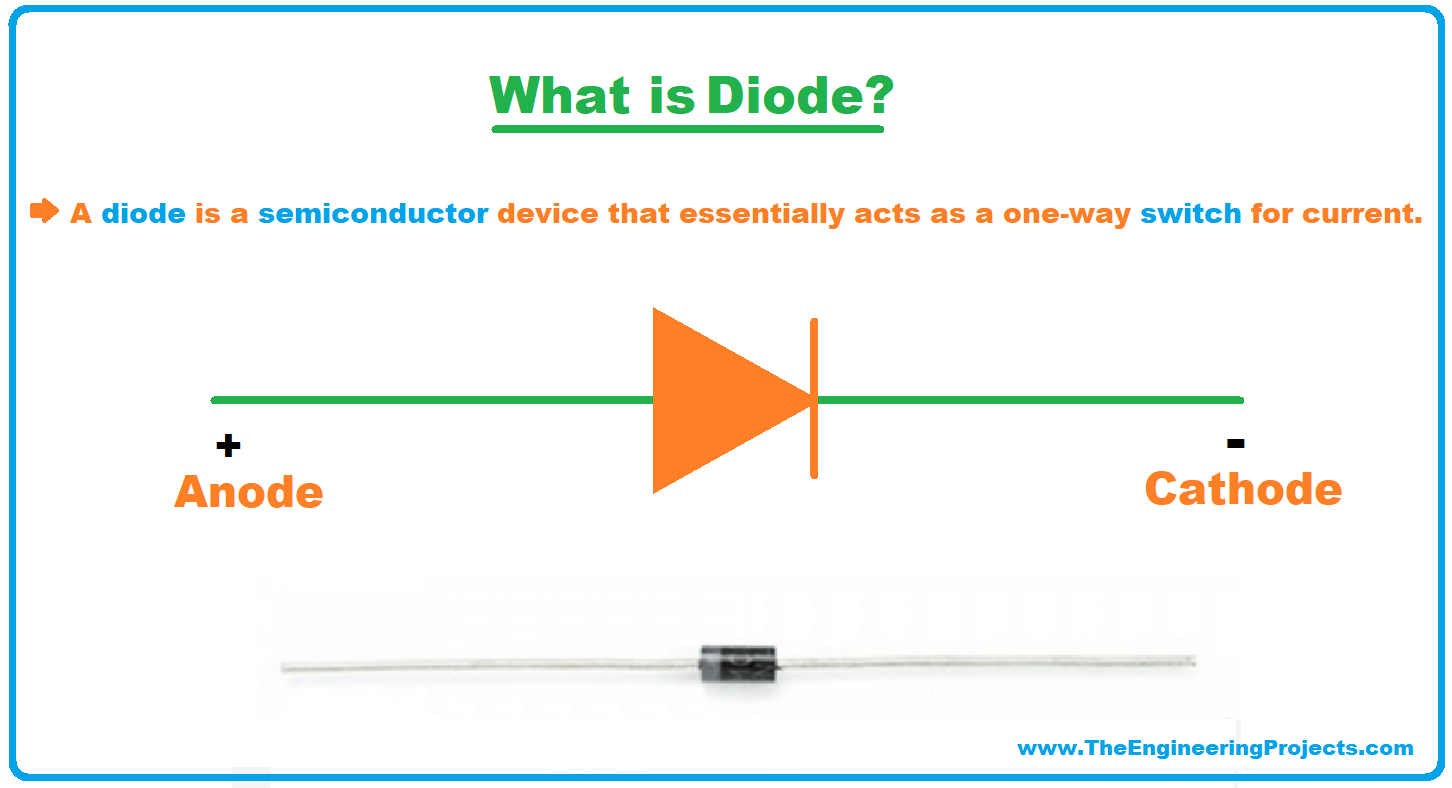
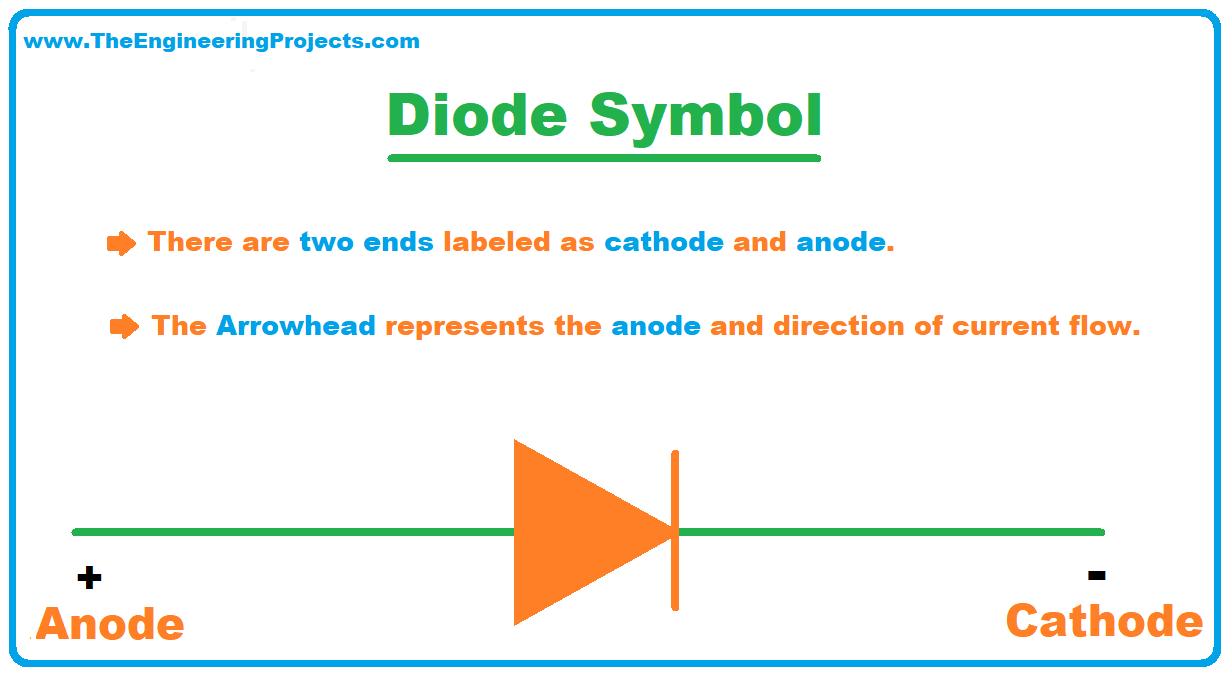
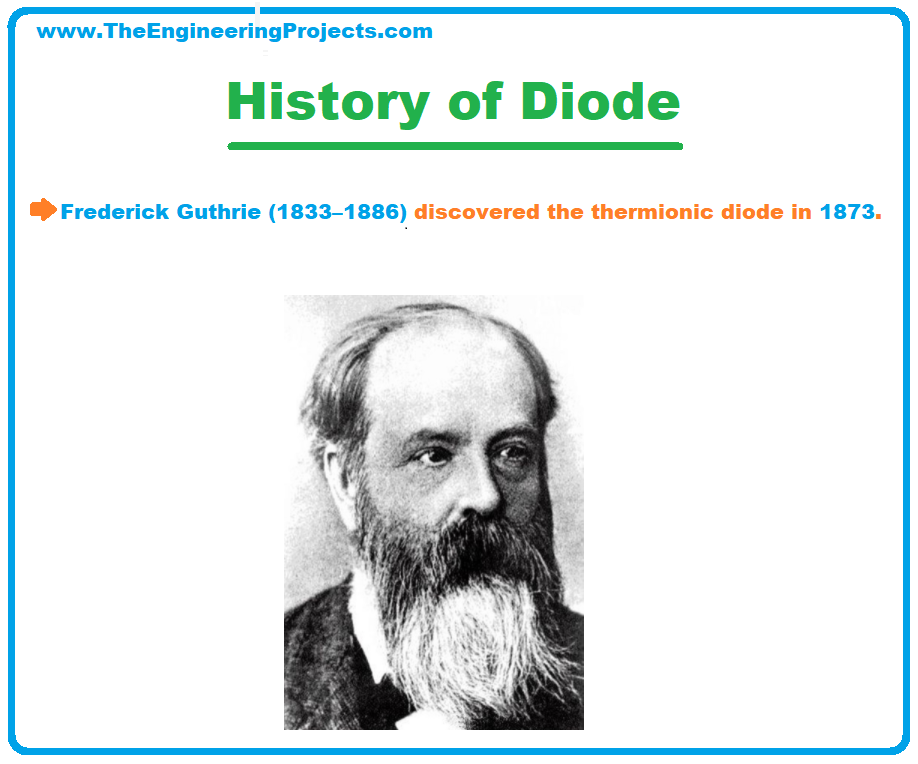
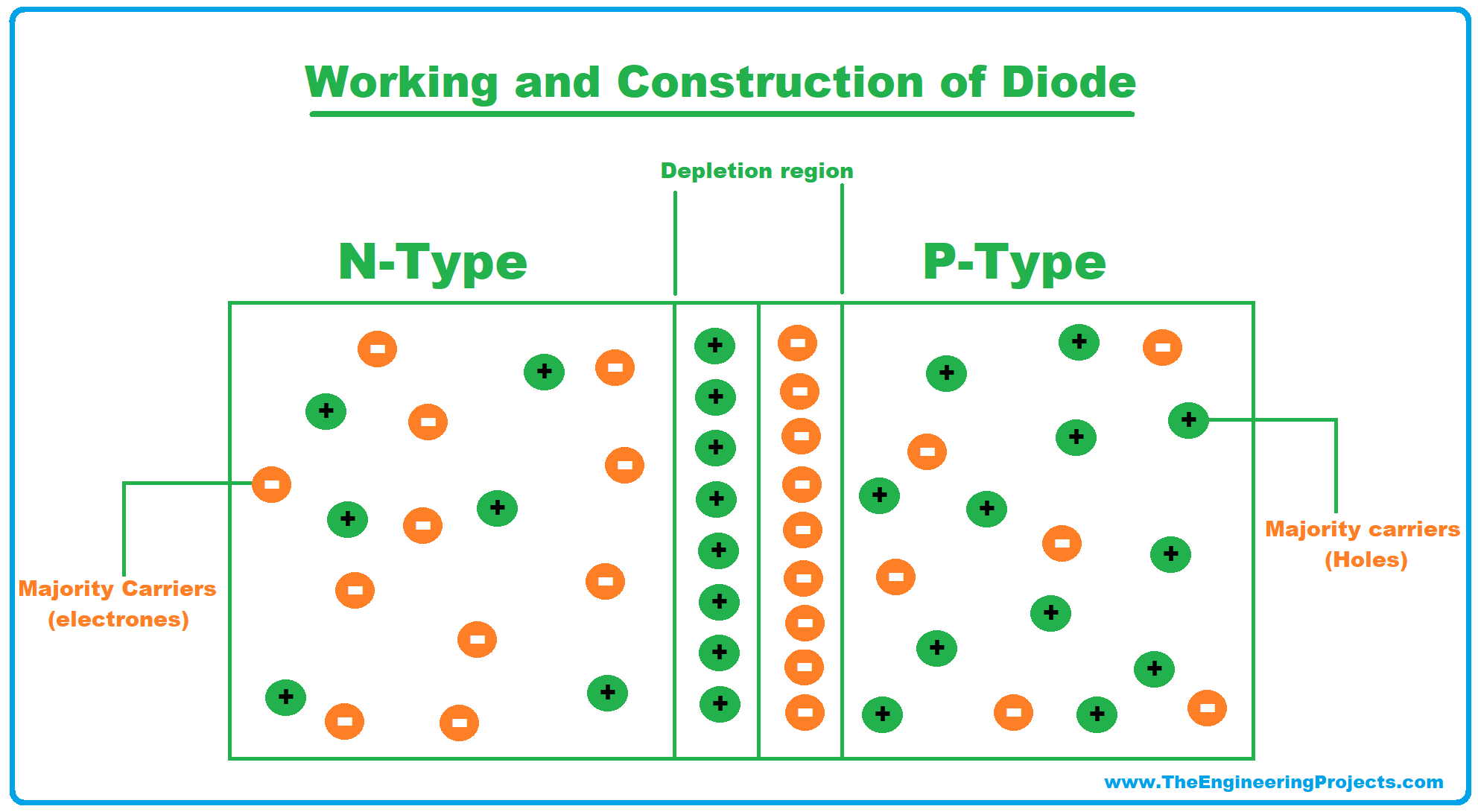
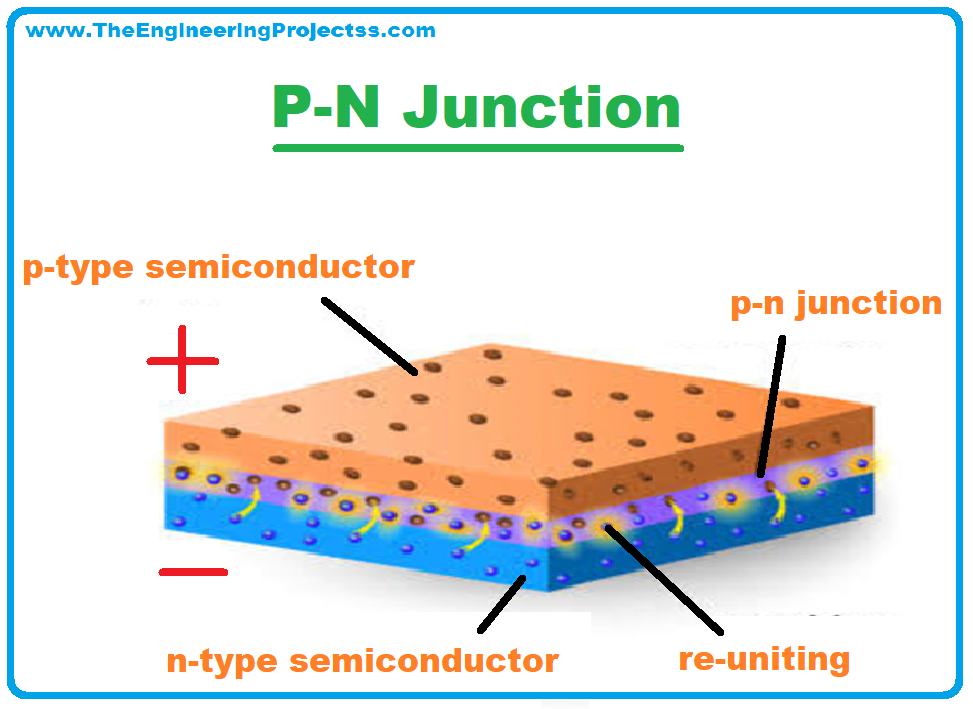
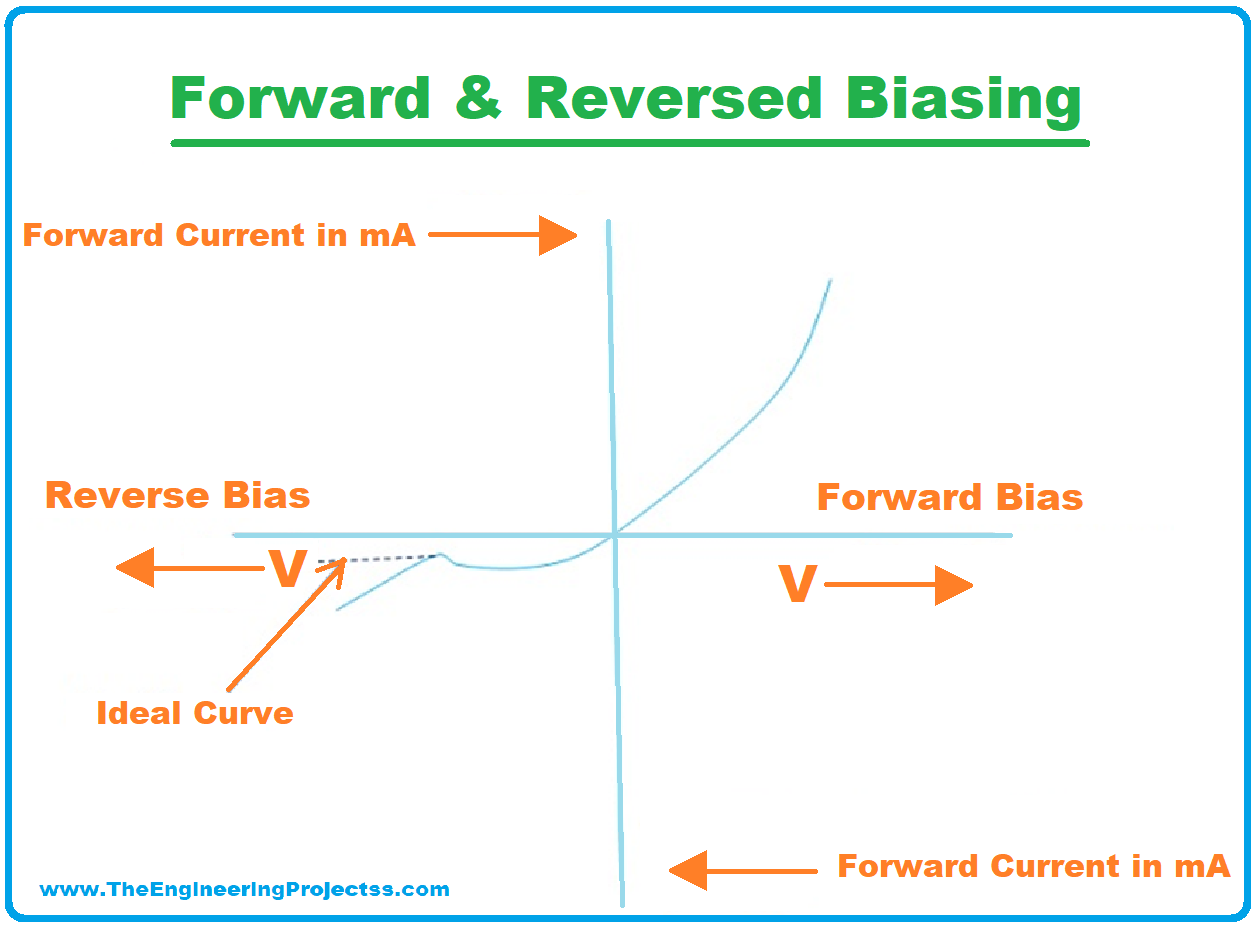
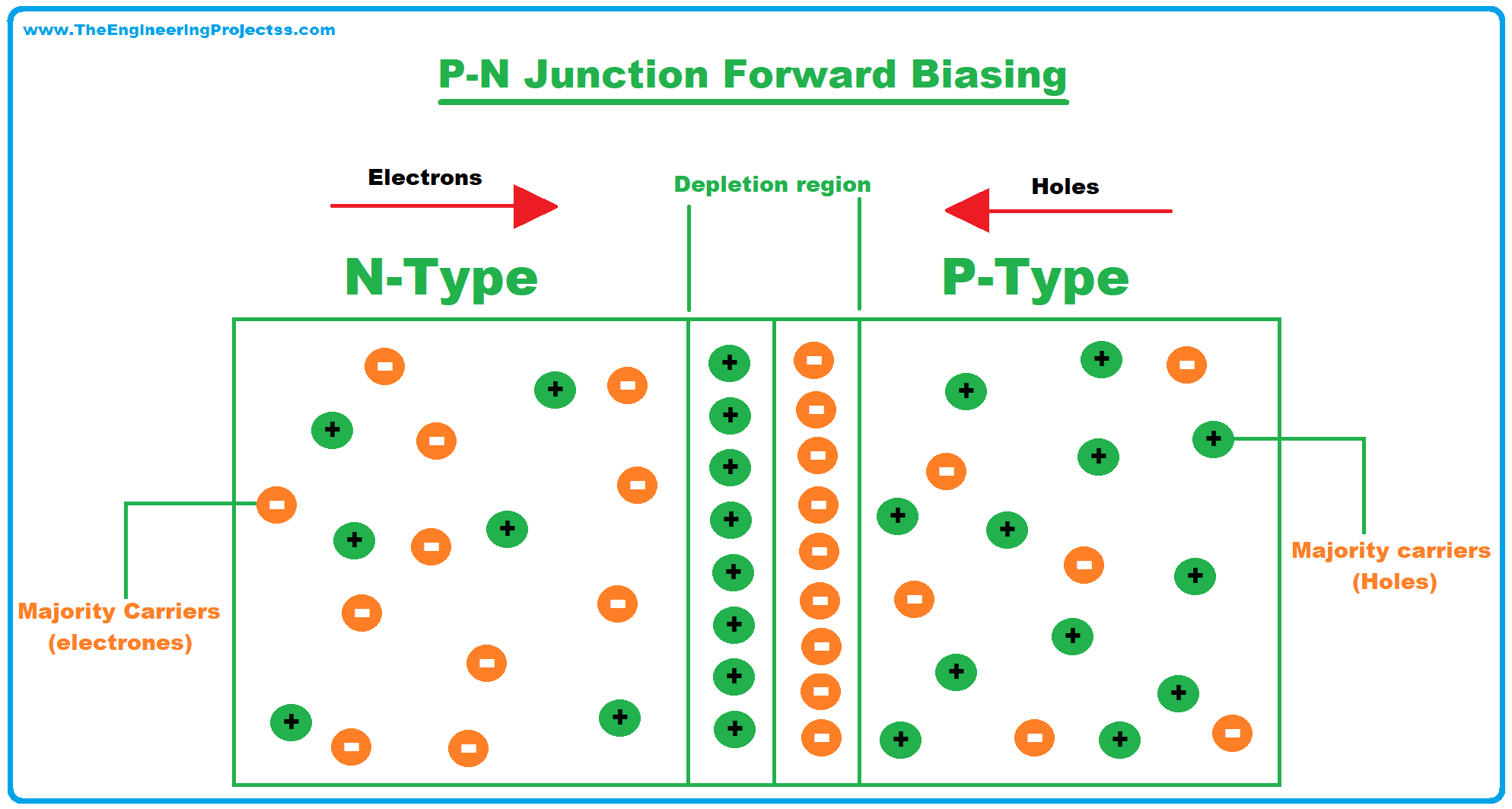
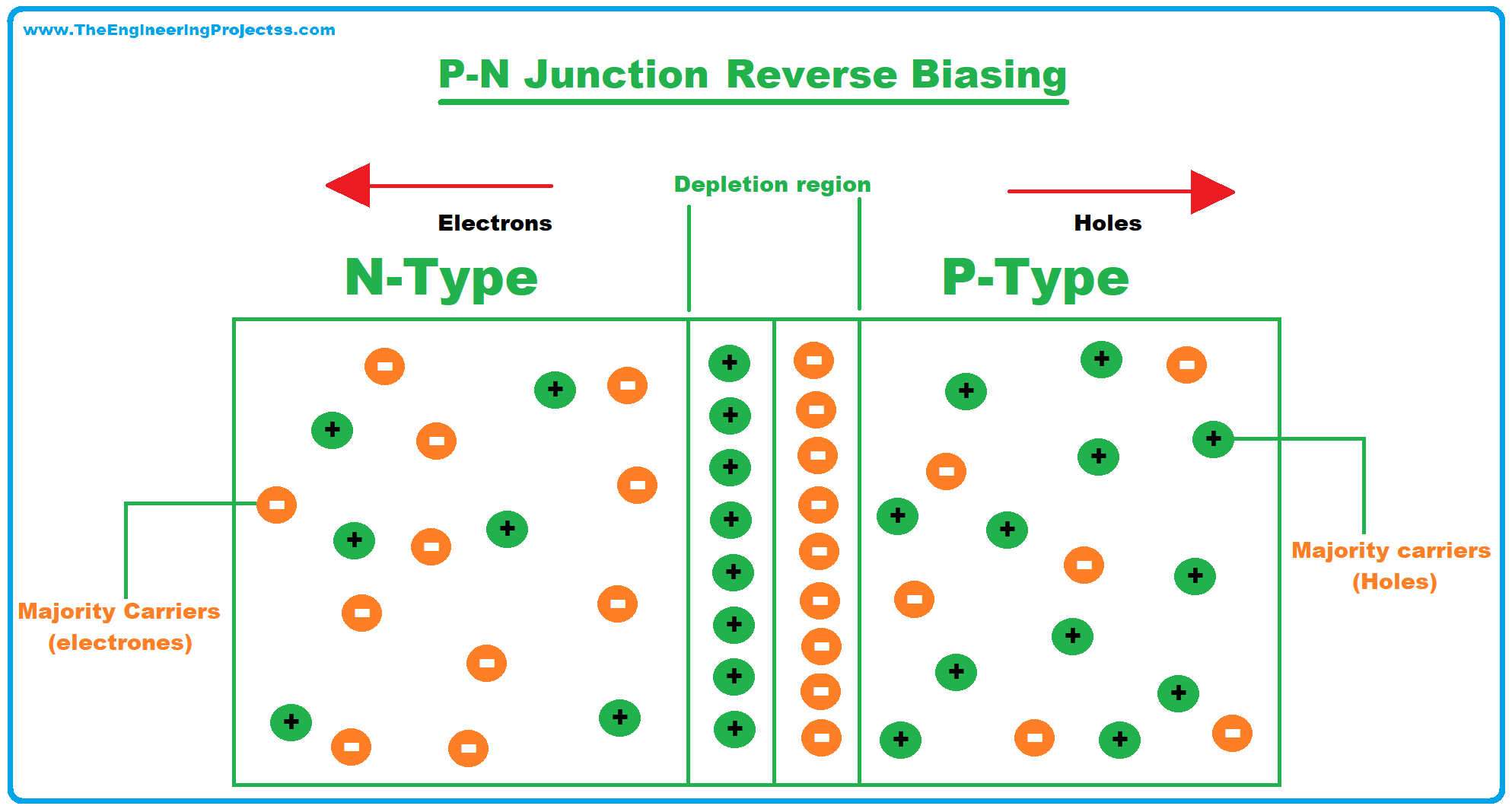
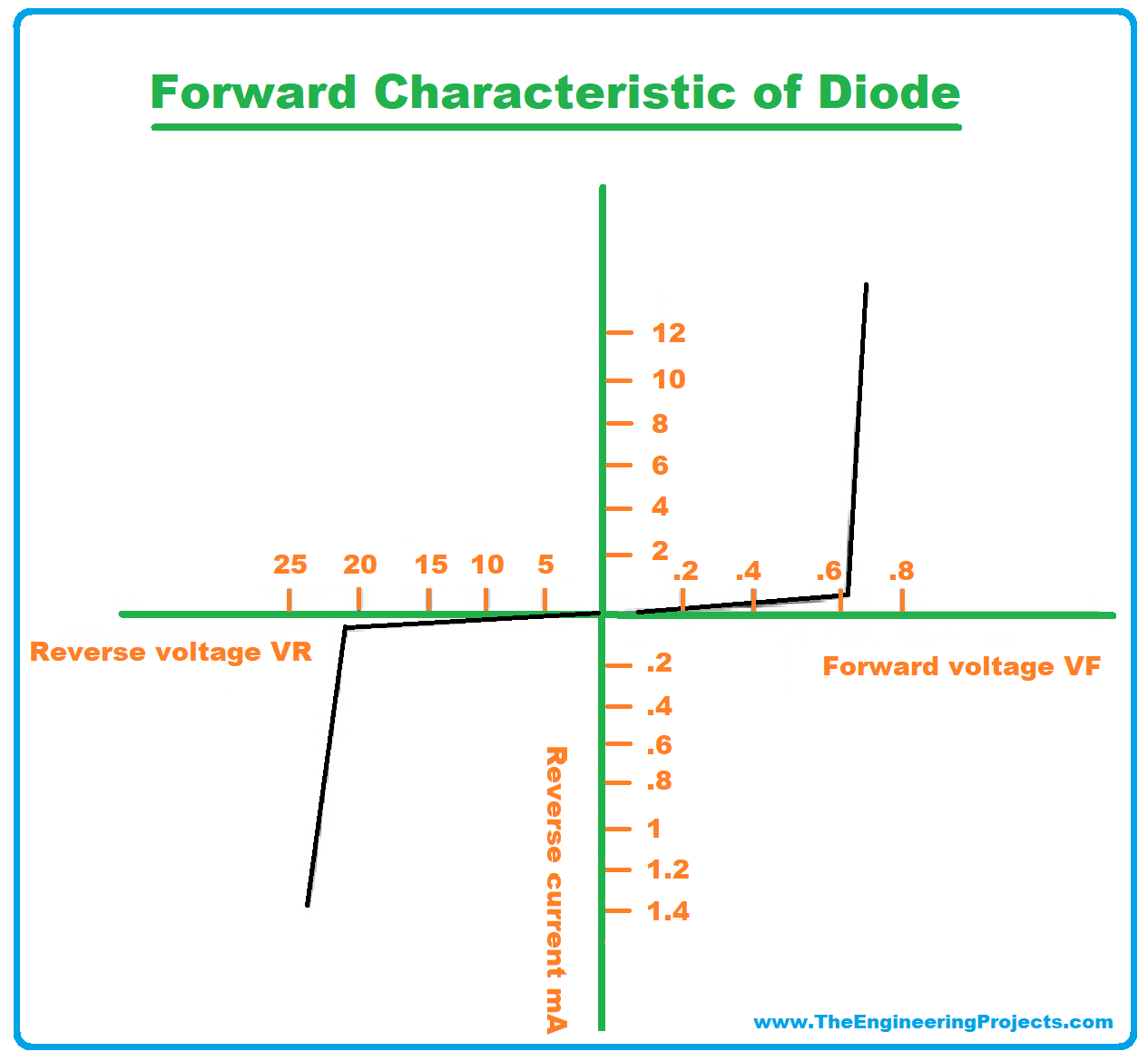
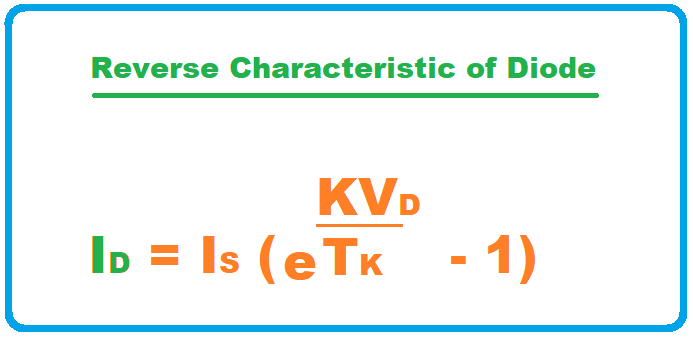
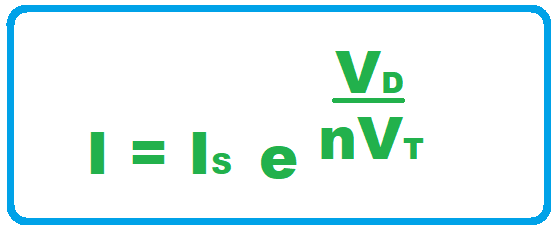
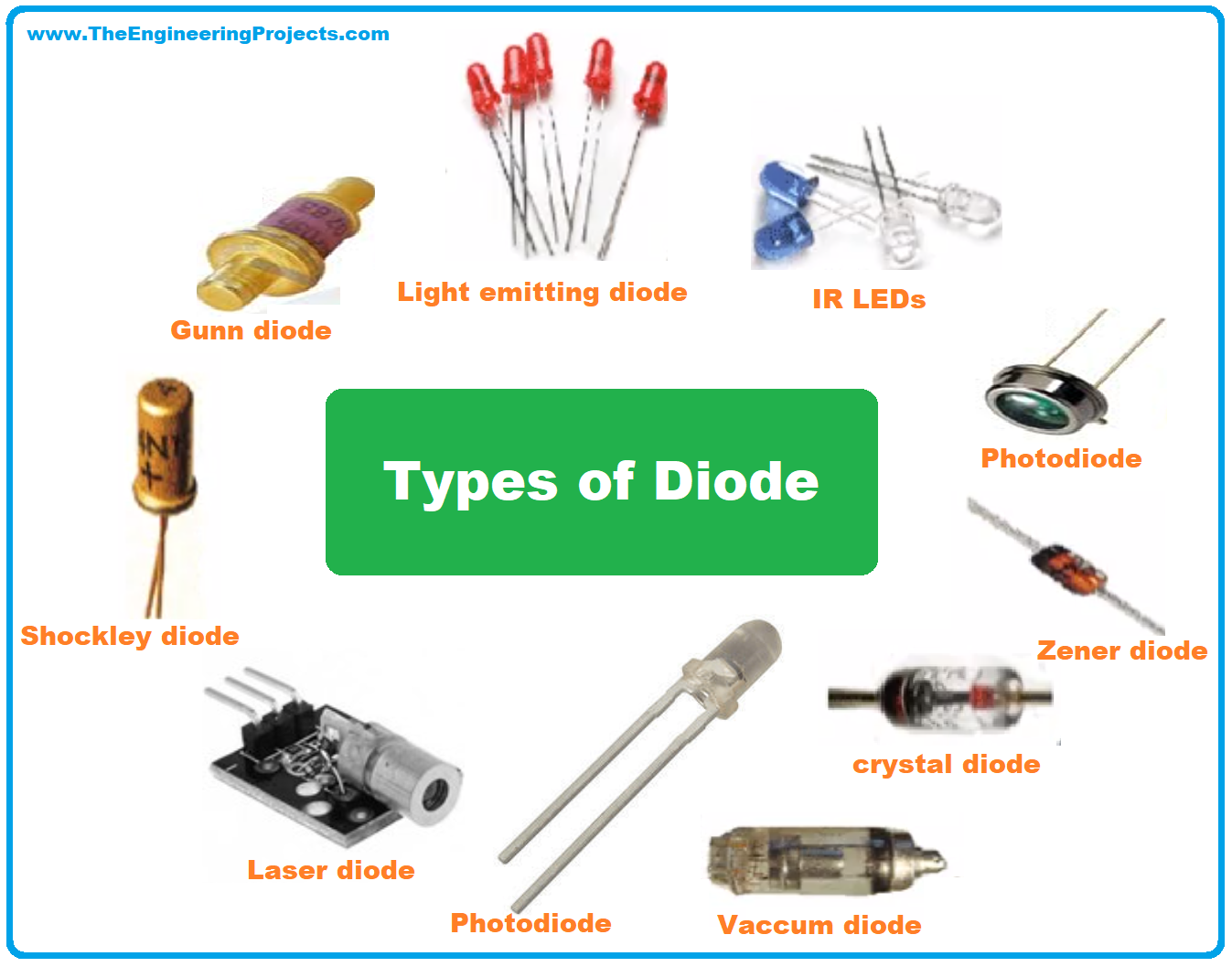
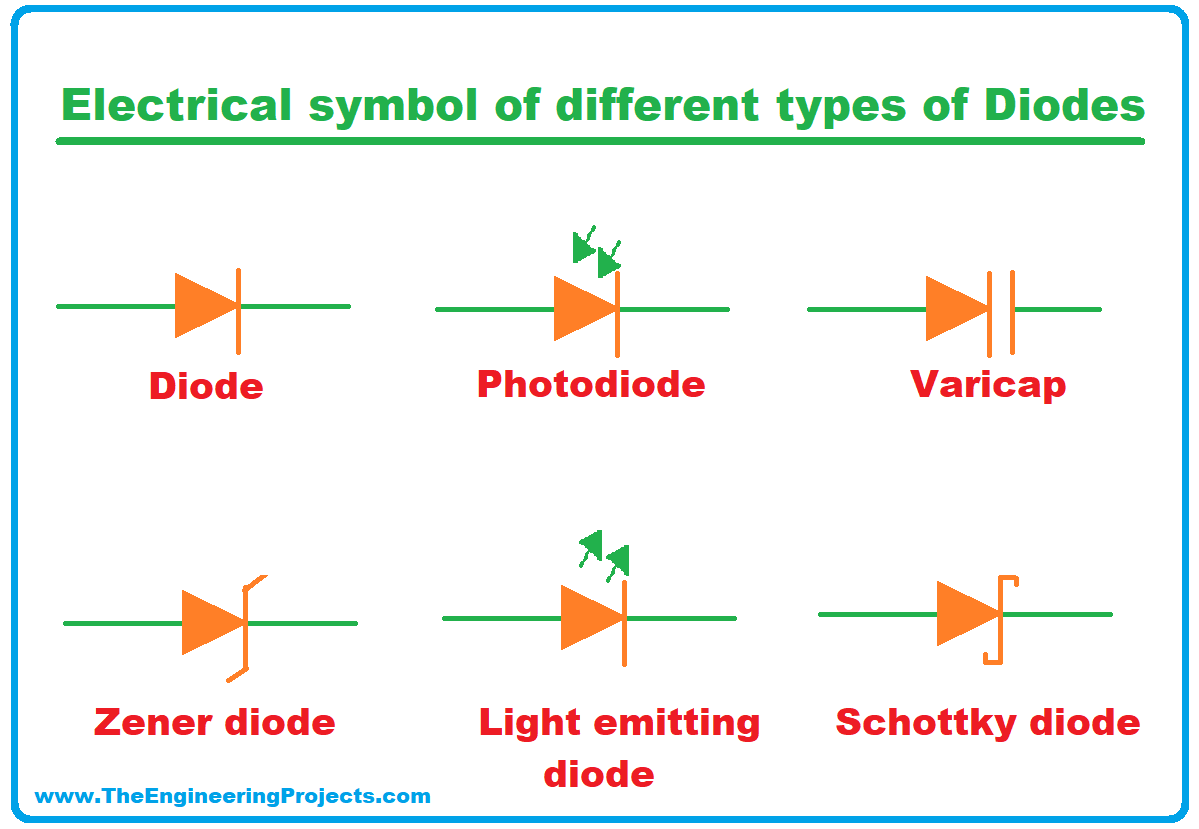
No comments:
Post a Comment